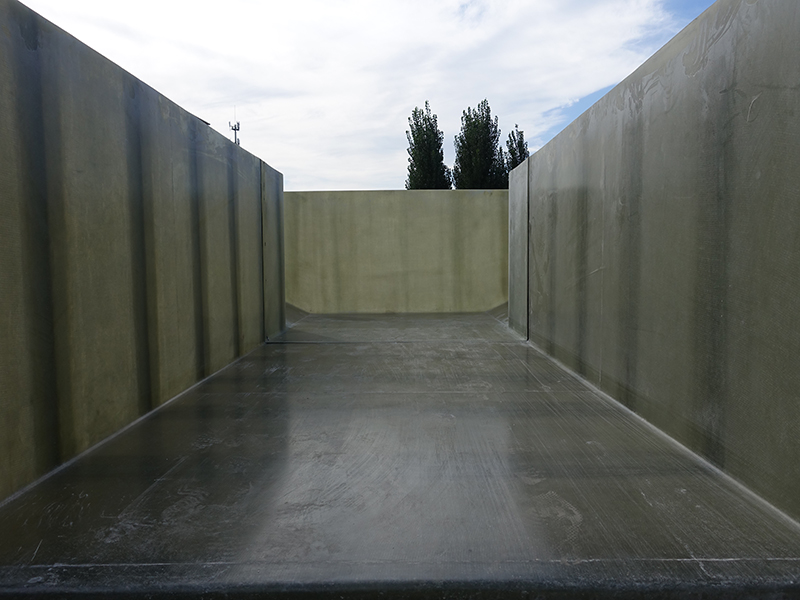
-
 Afrikaans
Afrikaans -
 Albanian
Albanian -
 Amharic
Amharic -
 Arabic
Arabic -
 Armenian
Armenian -
 Azerbaijani
Azerbaijani -
 Basque
Basque -
 Belarusian
Belarusian -
 Bengali
Bengali -
 Bosnian
Bosnian -
 Bulgarian
Bulgarian -
 Catalan
Catalan -
 Cebuano
Cebuano -
 China
China -
 China (Taiwan)
China (Taiwan) -
 Corsican
Corsican -
 Croatian
Croatian -
 Czech
Czech -
 Danish
Danish -
 Dutch
Dutch -
 English
English -
 Esperanto
Esperanto -
 Estonian
Estonian -
 Finnish
Finnish -
 French
French -
 Frisian
Frisian -
 Galician
Galician -
 Georgian
Georgian -
 German
German -
 Greek
Greek -
 Gujarati
Gujarati -
 Haitian Creole
Haitian Creole -
 hausa
hausa -
 hawaiian
hawaiian -
 Hebrew
Hebrew -
 Hindi
Hindi -
 Miao
Miao -
 Hungarian
Hungarian -
 Icelandic
Icelandic -
 igbo
igbo -
 Indonesian
Indonesian -
 irish
irish -
 Italian
Italian -
 Japanese
Japanese -
 Javanese
Javanese -
 Kannada
Kannada -
 kazakh
kazakh -
 Khmer
Khmer -
 Rwandese
Rwandese -
 Korean
Korean -
 Kurdish
Kurdish -
 Kyrgyz
Kyrgyz -
 Lao
Lao -
 Latin
Latin -
 Latvian
Latvian -
 Lithuanian
Lithuanian -
 Luxembourgish
Luxembourgish -
 Macedonian
Macedonian -
 Malgashi
Malgashi -
 Malay
Malay -
 Malayalam
Malayalam -
 Maltese
Maltese -
 Maori
Maori -
 Marathi
Marathi -
 Mongolian
Mongolian -
 Myanmar
Myanmar -
 Nepali
Nepali -
 Norwegian
Norwegian -
 Norwegian
Norwegian -
 Occitan
Occitan -
 Pashto
Pashto -
 Persian
Persian -
 Polish
Polish -
 Portuguese
Portuguese -
 Punjabi
Punjabi -
 Romanian
Romanian -
 Russian
Russian -
 Samoan
Samoan -
 Scottish Gaelic
Scottish Gaelic -
 Serbian
Serbian -
 Sesotho
Sesotho -
 Shona
Shona -
 Sindhi
Sindhi -
 Sinhala
Sinhala -
 Slovak
Slovak -
 Slovenian
Slovenian -
 Somali
Somali -
 Spanish
Spanish -
 Sundanese
Sundanese -
 Swahili
Swahili -
 Swedish
Swedish -
 Tagalog
Tagalog -
 Tajik
Tajik -
 Tamil
Tamil -
 Tatar
Tatar -
 Telugu
Telugu -
 Thai
Thai -
 Turkish
Turkish -
 Turkmen
Turkmen -
 Ukrainian
Ukrainian -
 Urdu
Urdu -
 Uighur
Uighur -
 Uzbek
Uzbek -
 Vietnamese
Vietnamese -
 Welsh
Welsh -
 Bantu
Bantu -
 Yiddish
Yiddish -
 Yoruba
Yoruba -
 Zulu
Zulu
frp handrail
The Importance of FRP Handrails in Modern Construction
In the evolving landscape of construction materials, Fiber Reinforced Polymer (FRP) handrails have emerged as a critical component, offering a blend of durability, safety, and aesthetic appeal. As more architects and builders recognize the advantages of using FRP, its applications in various settings have expanded significantly.
The Importance of FRP Handrails in Modern Construction
One of the most significant benefits of FRP handrails is their safety features. In public spaces, where the risk of slips and falls is a constant concern, these handrails provide solid grip and stability without sharp edges that could cause injury. Additionally, their non-conductive properties make them a safe choice for industries where electrical hazards are present. The lightweight nature of FRP also means that they can be installed with relative ease compared to heavier materials, reducing labor costs and time.
frp handrail

Furthermore, the design flexibility offered by FRP materials is unparalleled. Available in various colors, textures, and finishes, FRP handrails can be customized to fit the aesthetic requirements of any building or landscape. This versatility enhances the visual appeal of both residential homes and commercial structures, allowing architects to maintain their creative vision while adhering to safety standards.
In commercial environments, where compliance with safety regulations is paramount, FRP handrails play a pivotal role. They offer a reliable solution that meets or exceeds industry standards for fall protection. This compliance reduces liability risks for property owners and enhances the overall safety of the environment, fostering a culture of care and responsibility.
Moreover, as sustainability becomes increasingly important in construction, FRP handrails offer an environmentally friendly alternative. Many manufacturers utilize recycled materials in the production of FRP, and the longevity of these products means that they don’t need to be replaced as frequently as traditional handrails, further reducing waste and resource consumption.
In conclusion, FRP handrails represent a significant advancement in construction materials, combining strength, safety, and design flexibility. Their resistance to environmental factors, lightweight nature, and compliance with safety regulations make them an ideal choice for a variety of applications. As the construction industry continues to seek innovative solutions that enhance safety and functionality, FRP handrails are poised to become a standard element in modern architecture, contributing to safer and more sustainable environments. By embracing this technology, builders and architects can ensure that they are not only meeting today’s demands but are also paving the way for a safer and more efficient future.









